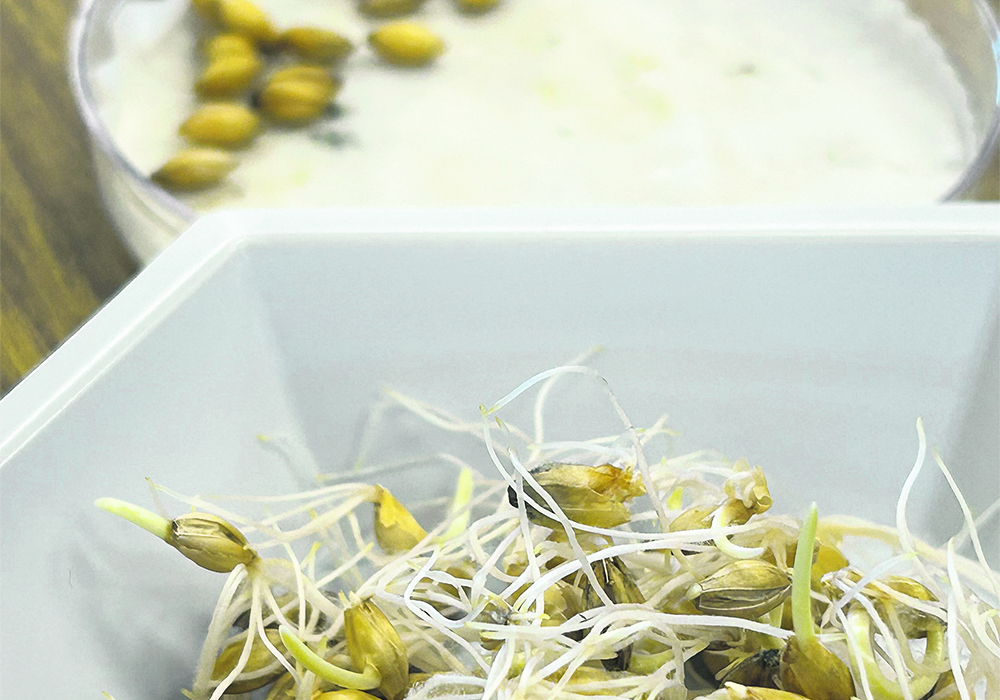Giant North American brewers and maltsters want one thing, while micro-brewers and micro-maltsters often want something else
WINNIPEG — Farmers can be frustrated by how few new varieties of malting barley are available for them to use in the real world.
Brewers and maltsters can be cautious about changing anything that goes into their production systems. New varieties spell risk and danger to them.
These two sides define an industry that requires a lot of co-ordination from beginning to end.
“The stars really have to align,” Peter Watts, managing director of the Canadian Malting Barley Technical Centre, told Manitoba farmers visiting the Winnipeg facility while talking about getting acceptance for new varieties from brewers and maltsters.
“Everybody has a different process. Every malt plant and brewery has different processes and is making different products.”
Malting barley is a high value commodity that enriches farmers who can regularly have their barley selected and purchased. However, getting that malt quality is always a challenge, and not all quality malting barley is selected or ends up in the system.
Farmers want a steady flow of improved varieties to bring them the greatest chance for profitability and for malting barley to stay within their rotations, but new and improved varieties are rare events.
That’s due to the reluctance of brewers and maltsters to roll the dice on using new varieties in their production systems. Brewing and malting is a finely-tuned process, so any new or random factor can cause problems.
Varieties like Metcalfe and Copeland ruled the market for ages due to the fact that “they worked” and were reliable for users, Watts said.
Synergy has now become number one in acreage, but even that comparatively new variety for malting barley is a decade old. The bigger crops see much faster evolution of newer, higher yielding varieties.
Fortunately for growers, three new varieties approved by users have hit the market: Connect, Fraser and Churchill.

These offer improved prospects for growers, plus regionally specific strengths, so they’re a leap forward, Watts said.
The malting and brewing industry isn’t simple. There are giant North American brewers and maltsters that want certain things. There are micro-brewers and micro-maltsters that want different things.
Japanese brewers tend to import malt. Chinese brewers bring in raw barley and malt it.
The great majority of the barley being malted is two-row. However, some micro-breweries prefer malt from six-row varieties, so that category still exists.
Every one of these users and products has specific needs, something that can be a challenge to provide, but that’s exactly why the CMBTC was created, said Watts. Connecting the needs of growers with the requirements of maltsters and the demands of brewers takes a lot of talking, researching and innovating. People in all parts of the industry might seem fussy, but everybody’s dealing with factors they need to get right.
“It’s a real science,” said Watts.
“Malting and brewing: it’s all science.”
















